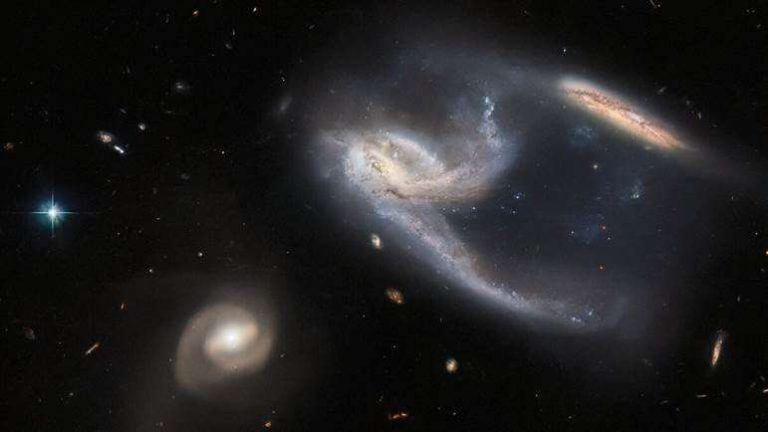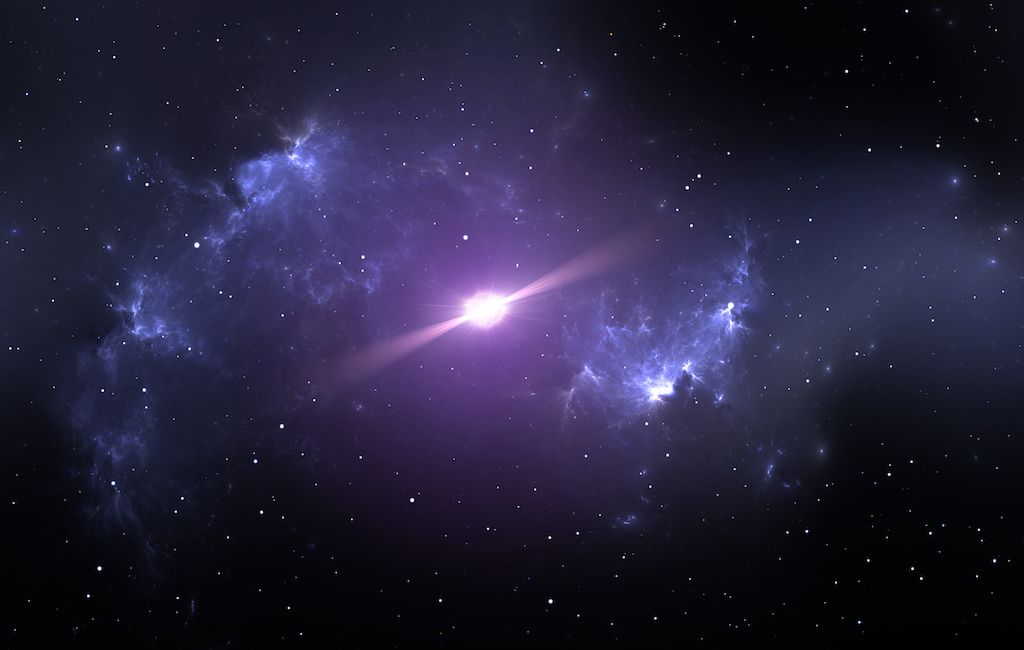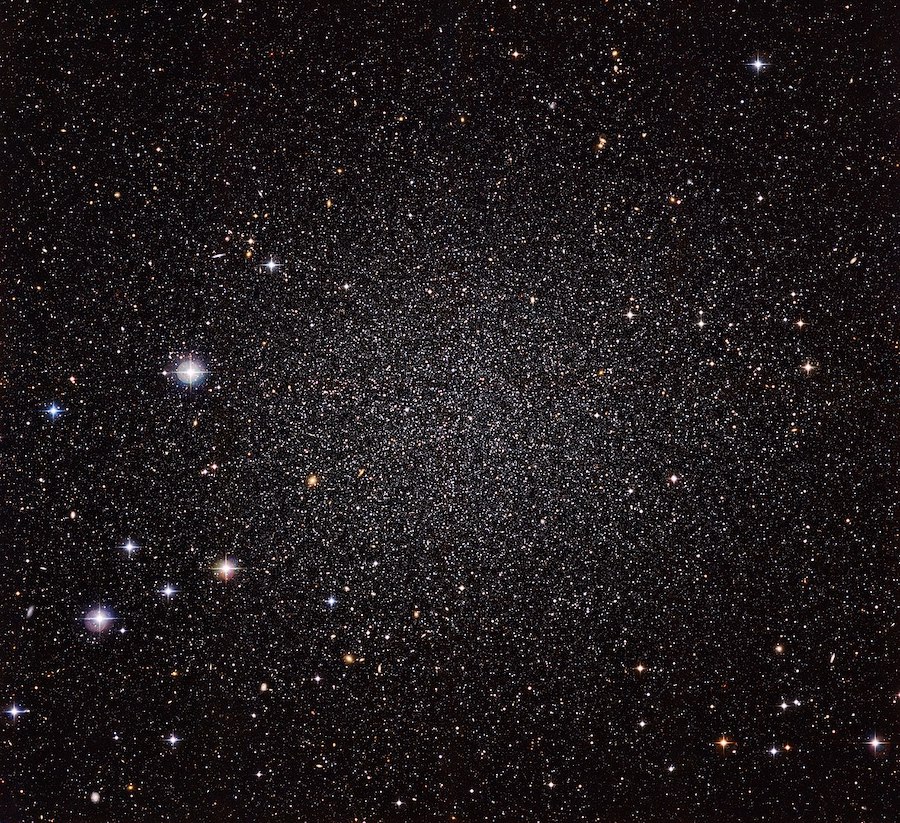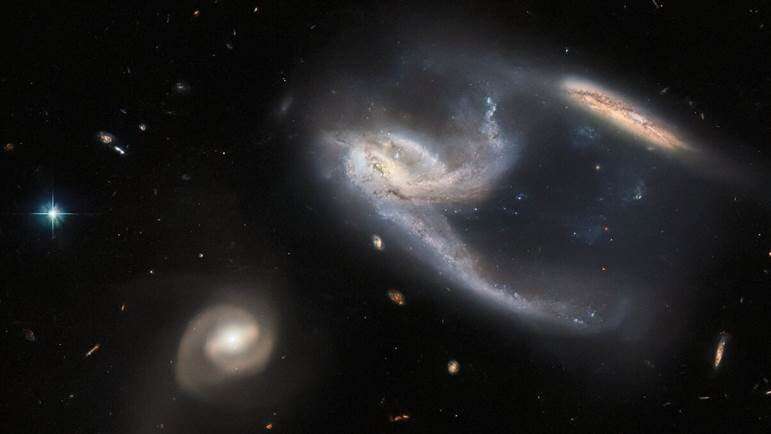
A new catalog of almost 24 million stars, compiled by an international team of astronomers, may hold the key to understanding our galaxy’s chemical evolution.
To quantify the light from the stars and establish their distances, ages, and motions across space, the team, which included Timothy Beers, professor of physics at the University of Notre Dame devised a novel methodology that employed an innovative way.

More than 19 million dwarf and 5 million big stars have been cataloged, allowing us to learn more about stars that originated extremely early in the cosmos and had no components heavier than helium and hydrogen, respectively. An article in The Astrophysical Magazine that outlines the process of creating this new star catalog is called “Fossils of the Night Sky.”
These cosmic relics may provide information on the formation and distribution of the elements that comprise the Milky Way’s stars and eventually everything that surrounds us. More than 500,000 of such early stars are now recognized, thanks to this study. Around 1980, when Beers started his research, there were just 20 of these remarkable fossils known.

Many of Beers’ professional endeavors have been devoted to devising new methods for conducting large-scale star surveys to better understand how the galaxy formed and evolved chemically through time. From precise measurements of stars, gas, and other cosmic features, galactic archaeology examines the Milky Way’s origin and development.
Beers opened up during a media press release from Notre Dame-
“The elemental abundances of individual stars trace the chemical enrichment of the Milky Way galaxy, from when it first began to form stars shortly after the Big Bang to the present.”
Galactic archaeologists, according to Beers, can restrict the origins of various galaxies’ components by integrating this data with star distances and movements. This contains stars in various parts of the galaxy, such as the halo around globular clusters as well as the thin and thick discs that comprise major parts of spiral galaxies such as our own. A more full picture of the whole process may be constructed by including age estimates, according to Beers.
To develop this novel technique relying on photometric samples gathered with the European Gaia satellite mission, and Australian SkyMapper Southern Survey, Beers and his team used data from their earlier work on thousands and thousands of stars.
He and his colleagues aimed to calibrate estimates of “metallicity” in stars, which is the number of atoms heavier than helium, as part of their research project.

While bands of medium and low spectra or resolution light output have been used to determine the amounts of heavy metals such as iron in stars up to now, this new method is far more precise. It took a long time and a lot of effort.